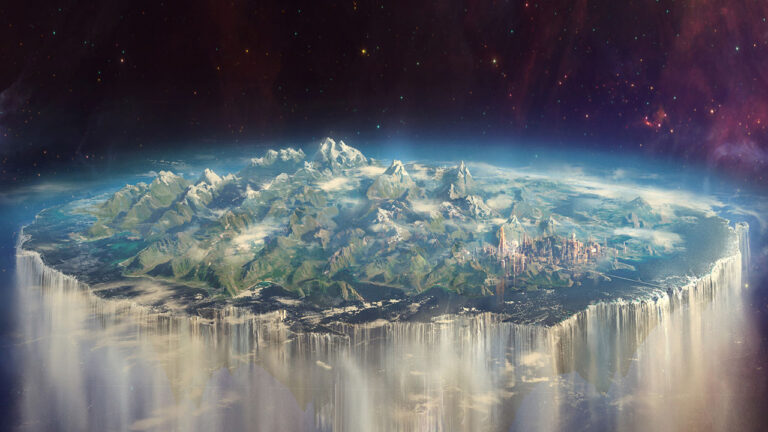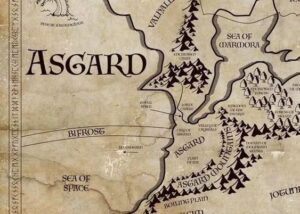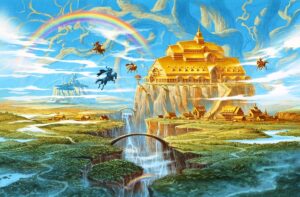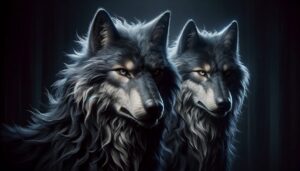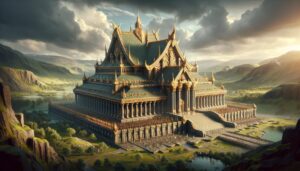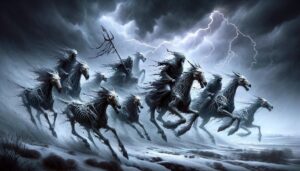Table of Contents
In Norse mythology, Asgard is the celestial realm inhabited by the Aesir, a group of powerful and divine beings. The Aesir, principal gods in Norse mythology, find their majestic home in Asgard. Odin, the Allfather and ruler, along with deities like Thor and Frigg, resides in this divine realm.
Moreover, Asgard’s connection to other realms is intricately depicted through the cosmic tree Yggdrasil. This symbolic portrayal reflects a cosmological understanding of the Norse universe. Asgard, linked by Yggdrasil, forms an essential part of a complex and interconnected cosmic structure.
Transitioning to its symbolism, Asgard represents more than a physical abode; it embodies the divine and cosmic order. The gods’ residence in Asgard signifies their pivotal role in maintaining balance and order in the Norse cosmos. This celestial realm stands as a focal point in the intricate web of relationships and dynamics that define Norse mythology.
In essence, Asgard encapsulates the divine, the cosmic, and the symbolic within Norse mythology. Its portrayal in the mythological narratives signifies not only a dwelling place for gods but a profound and interconnected aspect of the Norse cosmos, woven into the fabric of Yggdrasil’s branches.
Location
Source
The Poetic Edda, a collection of Old Norse poems, offers crucial insights into Norse mythological themes. In the “Völuspá,” the creation of the world, gods, and the cataclysmic Ragnarok are specifically explored.Transitioning to the Prose Edda, written by Icelandic scholar Snorri Sturluson, it serves as a prose compilation and guide. This 13th-century work explains mythological concepts, narrates stories about gods, and elucidates the cosmos.
Moreover, sagas, Icelandic narratives, contribute additional insights into Norse cosmology. Examples include the “Gylfaginning” section of the Prose Edda and the “Heimskringla,” which contain mythological narratives and details about the gods, including those in Asgard.
Furthermore, skaldic poetry, composed by Norse poets, often contains mythological references. These poetic compositions, praising kings and heroes, contribute to a deeper understanding of Norse cosmology.
Collectively, these diverse sources provide a comprehensive view of Asgard and its role within Norse mythology’s rich tapestry. They unveil intricate details about the creation of the world, the gods, and the prophesied events, forming a holistic understanding of the Norse cosmos.
